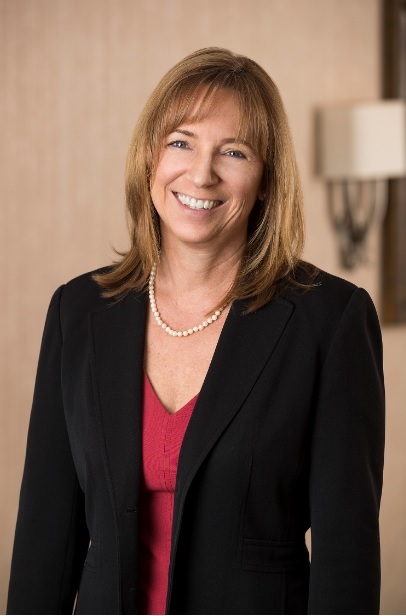
CMIO, MaineHealth Information Services
Change is never easy, and in HIT there is always a great deal of change for our providers and care teams – especially when it comes to having to adapt to a new electronic medical record (EMR). As a physician I have been through multiple EMR implementations in both the Ambulatory and In Patient settings. None of these transitions were very satisfying to me as a physician, and more often than not, they were downright difficult. Even while serving as a provider champion for the project. Now, as the CMIO of our health system, I have been the one imposing this change on my colleagues across our organization. Looking back I feel that we have done a decent job, and that the enterprise wide EMR is making a difference for our providers and staff, and in our patients and families’ lives. That said, it certainly has not been an easy ride and has provided me plenty of learning opportunities. A few lessons I have learned along the way include role relevant training and support at Go Live, the need for providers to have dedicated time out of their clinical duties for ongoing advanced training and personalization, the importance of being visible and inclusive, and the need for ongoing continuous optimization of the EMR.
Having received basic EMR training and supported more than a few Go Lives, I have found that “basic” training basically provides little to the provider, and does not “connect” the dots between the tools in the EMR and their daily work. Role relevant training and personalization to better connect what they are seeing or using in the EMR to their delivery of care is really critical, and is even more impactful and well received when provided by a peer. With so much to absorb at the time of Go Live it is easy for providers to focus only on what they actually need to do to be successful in providing care and documenting the encounter. For that reason, ongoing training and personalization is crucial in supporting good adoption and satisfaction with the EMR. This cannot happen in the middle of patient care time, nor for 10 minutes in a staff meeting to be effective. In addition it should occur after the new user has had a chance to interact with the system for a few months. Once able to adopt the basics, more advanced learning of the system and its functionality should be focus. I have found that dedicated time, one and a half to two hours, once or twice a year, where the provider can be free of clinical distractions, and have the time to focus and absorb the information is key. Not only does this afford the provider dedicated time, it also send a message to them that this is an important endeavor and is supported by organizational leadership. The literature has clearly shown that use of the EMR is one of the top reasons for physician burnout. It has also begun to demonstrate that this type of dedicated effort can help providers to be more efficient and satisfied with their overall EMR experience.
One cannot communicate too often, and communication can be difficult when you have hundreds of providers scattered across many care settings. Providers with cluttered In Baskets, and who are receiving a never ending onslaught of emails, texts and phone calls on a daily basis. Despite having regular newsletters, sending out targeted emails around new functionality in the system, and presenting to medical staff meetings and leadership committees invariably providers state they do not know what is going on with regards to the EMR. From the provider perspective, requests for enhancements, the sharing of concerns on how the system is designed or inefficient or EMR related patient safety issues often feel like they have gone into a black box or are left undocumented if not put into the “ticket process.” Because of the large number of messages and emails that they receive, newsletters or other targeted communications are often deleted before being read. Having a team that rounds in the field and who can be face to face with the providers allows for enhanced visibility, better communication, and builds trust between HIT and the care teams. In our system we have implemented “SWAT” teams that do specialty specific “deep dives” in the field and spend time with providers and clinical staff to better understand how they experience the EMR. Through these collaborative interactions the team identifies where we can do a better job with regards to workflow and the design of the system to better meet their needs. This forward facing, inclusive, and more rapid response to requests and concerns has greatly improved EMR satisfaction of our providers., as well as communication between HIT and the frontline. It also has allowed us to implement a continuous improvement process and a dedicated team of Informatacists and analysts to concentrate their efforts on much needed EMR optimization.







































